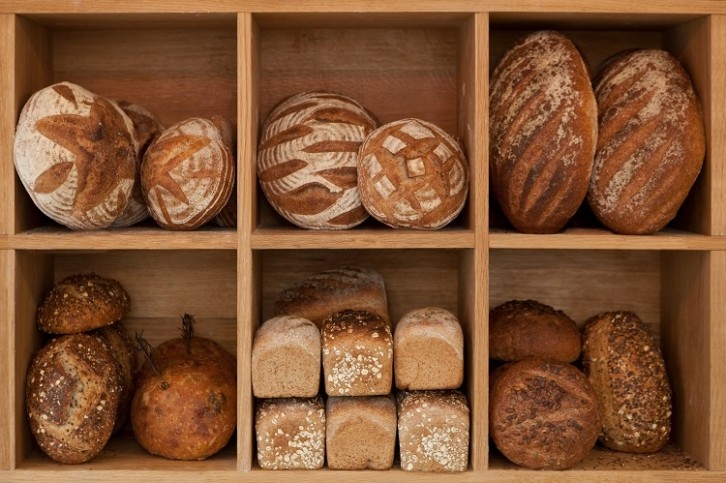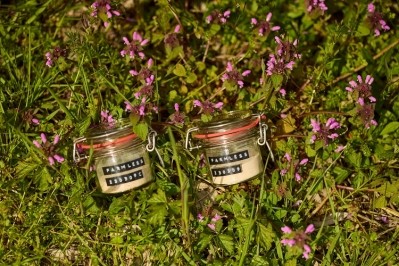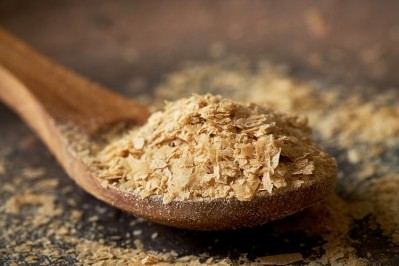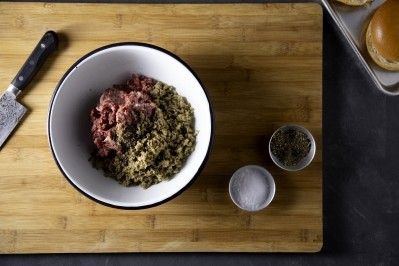Bakery waste to be put to use as sustainable oils and fats in new partnership

Clean Food Group, a biotech company, will use Roberts Bakery’s surplus as a feedstock for its proprietary fermentation technology, creating oil and fat ingredients.
The waste of bread
Food waste is, as in many other sectors, a significant problem in bakery. Some studies have suggested that almost one million tons of bread are lost from the supply chain every year.
This level of food waste also creates a climate problem, releasing significant amounts of greenhouse gas. “Wheat, the major proponent in most bread, has a considerable greenhouse footprint due to the considerable quantity of fertilizers required and farming practices needed as part of the cultivation process,” Professor Chris Chuck, Co-founder of Clean Food Group, told FoodNavigator.
“Producing more bread than is needed results in excessive use of fertilizer. Additionally, the disposal of bread at any stage of the process leads to higher quantities of methane gas as a result of food decomposing in landfills.”
The partnership between the two companies sees Clean Food Group aiming to utilise the waste provided by Roberts Bakery, reducing greenhouse gas emissions in the process.
“By keeping waste bread out of landfills,” Professor Chuck told us, “less methane will be produced. The technology also allows us to produce more food products, more efficiently, without an increase in land use. Effectively getting more edible products per hectare of wheat grown.”
Making use of the waste
The fermentation process will transform the waste products into oils and fats, which can be used for replacements for other products. For example, the oil can be used to replace palm oil.
“The edible oils produced from our yeast process, fed on the bread waste hydrolysate produce an oil structurally equivalent to a high oleic palm oil,” Professor Chuck told us. “The oils can be used as a like-for-like, direct replacement with the same nutritional functionality.”
Roberts Bakery will also be able to use the oils and glucose syrup created by the process in its own baked goods, essentially feeding its own waste back into its own products.
“We have discovered that the one step processing of the bread waste makes an ideal fermentation feedstock,” Professor Chuck told us, “which could be used to feed other types of fermentation. However, the yeast we have developed to produce a palm oil substitute is especially well suited to use all the components of the bread waste once it has been hydrolysed.”
















